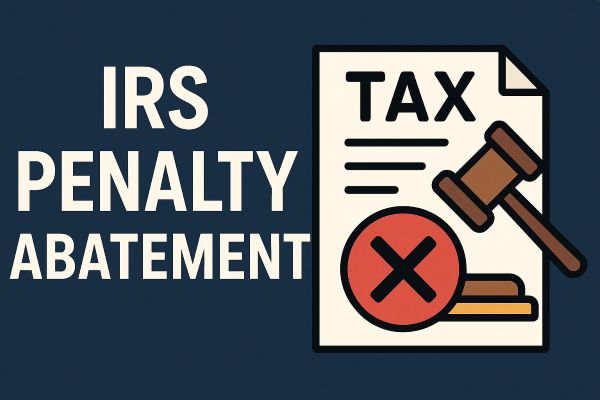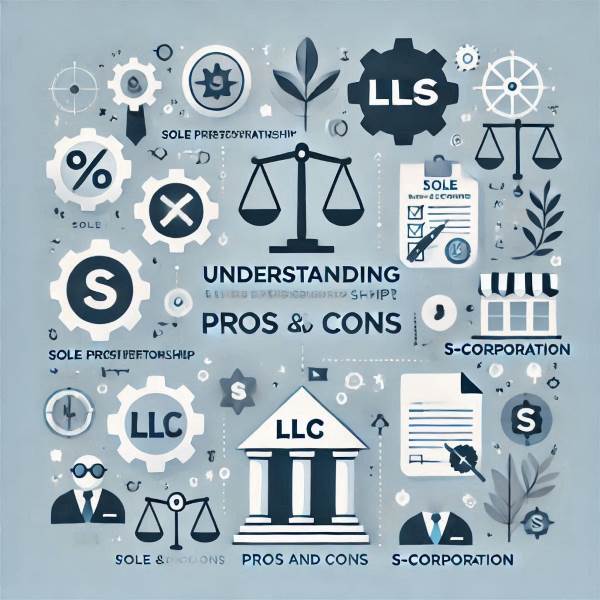Cost segregation can be a powerful tax strategy for real estate investors.
It involves breaking down a property into its components to accelerate depreciation deductions, resulting in significant tax savings.
Let’s explore how cost segregation works, including examples and a comparison to traditional depreciation.
What is Cost Segregation?
Cost segregation is a tax planning tool that separates a property’s components into different categories, each depreciating over different periods.
By accelerating depreciation for specific assets, investors can reduce taxable income and improve cash flow.
Benefits of Cost Segregation
- Accelerated Depreciation: Certain components can be depreciated over shorter periods (5, 7, or 15 years) instead of the standard 27.5 years for residential rental property.
- Tax Savings: Accelerating depreciation allows for larger deductions in the early years of ownership, reducing taxable income.
- Improved Cash Flow: Lower taxes mean more money available for reinvestment or other uses.
Example 1: Residential Rental Property
Let’s consider a residential rental property purchased for $500,000.
Without cost segregation, the property is depreciated over 27.5 years, resulting in an annual depreciation deduction of approximately $18,182.
- No Cost Segregation: $500,000 / 27.5 years = $18,182 annual depreciation
With cost segregation, components such as flooring, appliances, and landscaping are identified and reclassified to shorter depreciation periods.
Suppose $100,000 worth of components can be depreciated over 5 years.
- With Cost Segregation:
- $400,000 depreciated over 27.5 years = $14,545 annual depreciation
- $100,000 depreciated over 5 years = $20,000 annual depreciation (first 5 years)
- Total Annual Depreciation (First 5 Years): $14,545 + $20,000 = $34,545
This results in an additional $16,363 ($34,545 – $18,182) in annual depreciation deductions compared to traditional depreciation.
Example 2: Commercial Rental Property
Consider a commercial rental property purchased for $1,000,000.
Without cost segregation, the property is depreciated over 39 years, resulting in an annual depreciation deduction of approximately $25,641.
- No Cost Segregation: $1,000,000 / 39 years = $25,641 annual depreciation
With cost segregation, $200,000 worth of components are reclassified to shorter periods (e.g., 5 years).
- With Cost Segregation:
- $800,000 depreciated over 39 years = $20,513 annual depreciation
- $200,000 depreciated over 5 years = $40,000 annual depreciation (first 5 years)
- Total Annual Depreciation (First 5 Years): $20,513 + $40,000 = $60,513
This results in an additional $34,872 in annual depreciation deductions compared to traditional depreciation.
Comparison: No Cost Segregation vs Cost Segregation
Let’s summarize the differences between using and not using cost segregation for a residential rental property:
| Aspect | No Cost Segregation | With Cost Segregation |
| Depreciation Period | 27.5 years | 5, 7, 15 years (for certain assets) |
| Annual Depreciation | $18,182 | $34,545 (first 5 years) |
| Tax Savings | Lower | Higher (due to accelerated deductions) |
| Cash Flow Improvement | Minimal | Significant |
As seen, cost segregation can significantly enhance depreciation deductions and tax savings, particularly in the initial years of property ownership.
This strategy is especially beneficial for investors looking to improve cash flow and reinvest in their portfolios.
Conclusion
Cost segregation is a valuable strategy for real estate investors seeking to maximize tax benefits and enhance cash flow.
By accelerating depreciation on certain property components, you can enjoy substantial tax savings.
Consult with a tax professional to determine how cost segregation can be applied to your real estate investments and make the most of your tax strategy.



